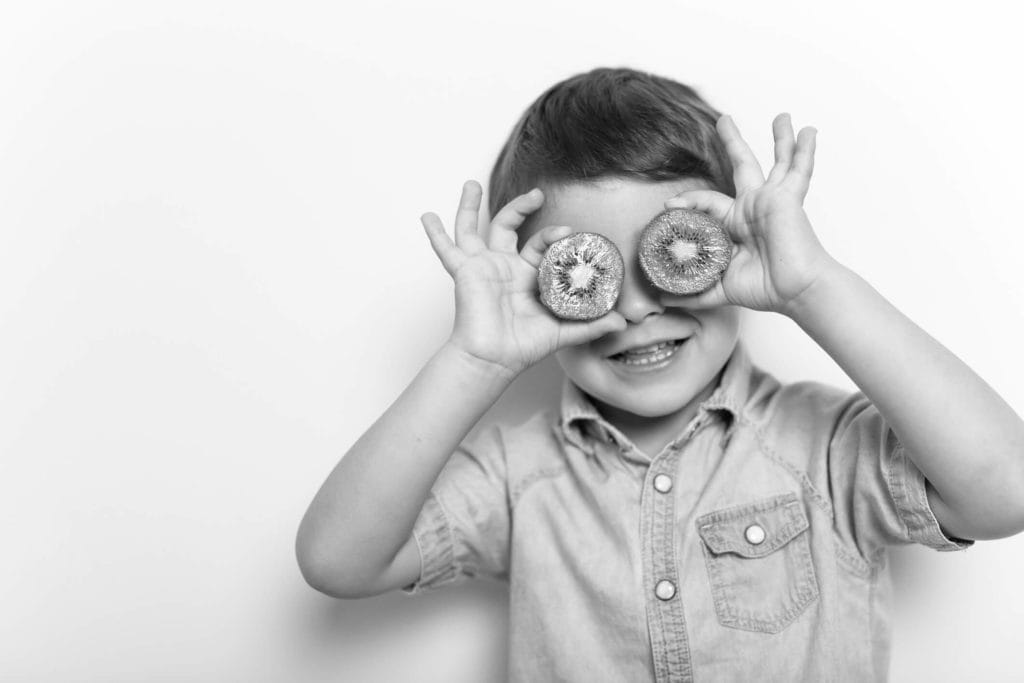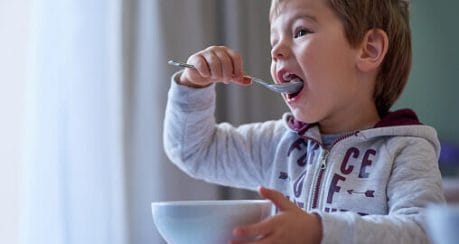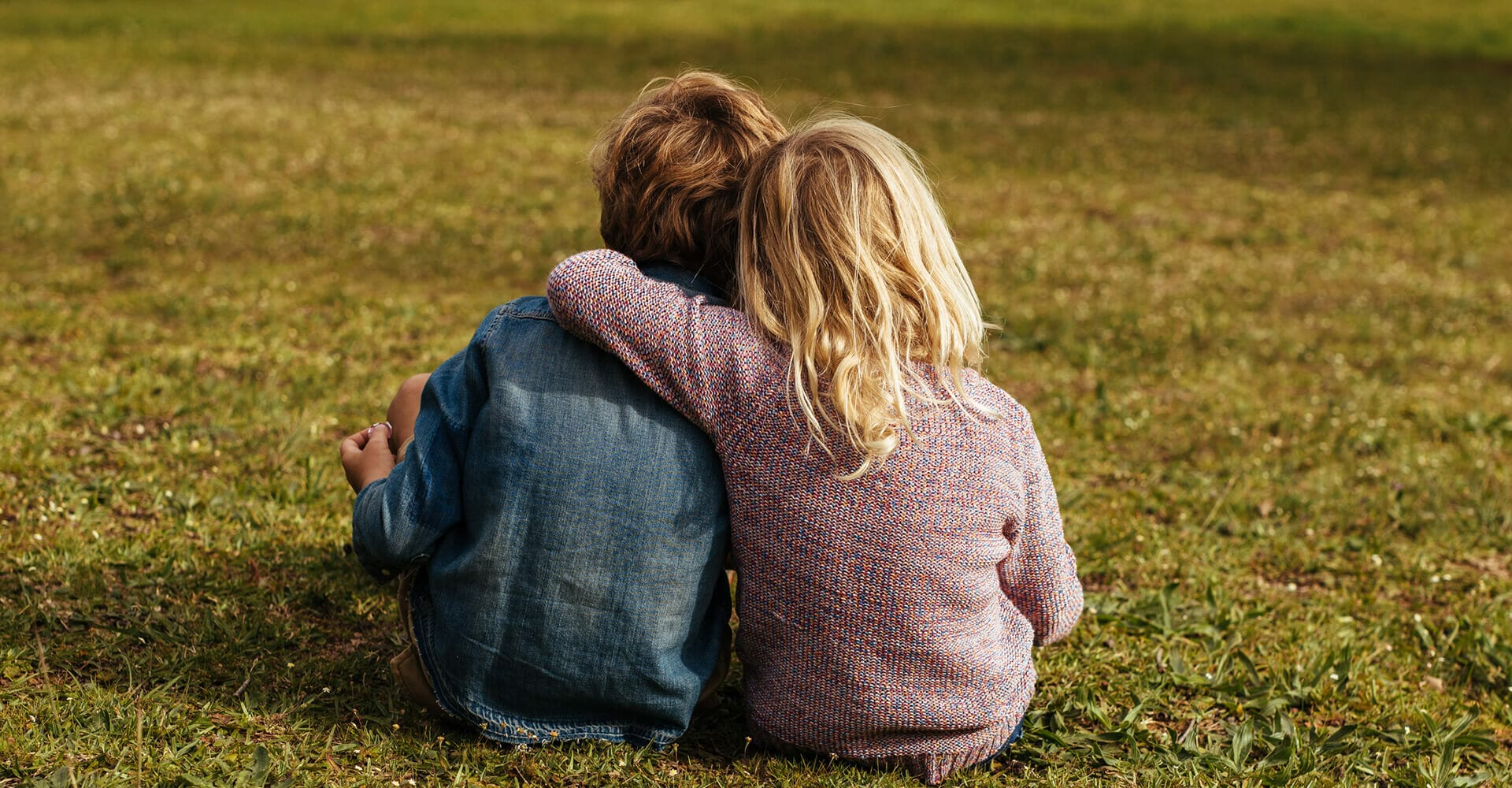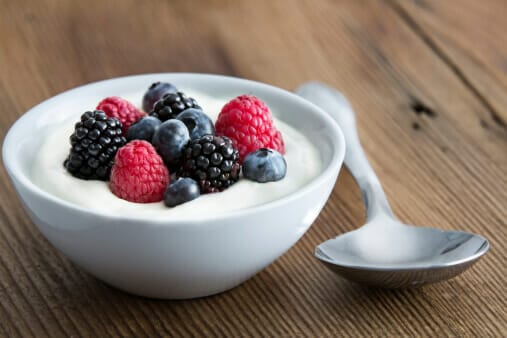

REINFORCEMENT
Reinforcement occurs when a specific behavior increases due to a consequence of either adding or taking something away from the environment. Positive reinforcement occurs when a response is followed immediately by the presentation of a stimulus change (reinforcement) that leads to an increase of the future occurrences of those responses. Negative reinforcement occurs when a response produces the reduction of a stimulus which leads to an increase of future occurrences of that response.
A reinforcer is a stimulus change that will increase the future frequency of a behavior that immediately follows the targeted behavior. Reinforcers are typically classified as edible, sensory, tangible, activity or social.
EDIBLE REINFORCERS
A primary reinforcer is a stimulus which is innate to us as human beings. Primary reinforcers consist of water, sleep, shelter, sex, oxygen, and food. All humans have basic survival needs for these reinforcers, and if they are deprived, gaining access to these reinforcers can be utilized as a reinforcement. When deprived of primary reinforcers, individuals will increase behaviors that will result in gaining access to these items. For example, a child who hasn’t eaten breakfast might show an increase in the behavior of saying, “I’m hungry,” to their parent – to which the parent will typically reinforce this behavior by giving them their morning bowl of cereal.
Many researchers and practitioners utilize preferred foods snacks, candy, drinks, etc. as reinforcers. This is because many children enjoy food/drink items! While in session the clinical team is attempting to motivate the child to learn new skills that can be difficult. If edibles are reinforcing for the child, then the clinical team can utilize this to help reinforce the desired behavior. Some children may not have other established reinforcers (such as toys or praise); therefore, we may need to begin with primary reinforcers (such as edibles) and pair with other activities. For example, if a child correctly states the word “ball” the behavior technician will give the child an edible reinforcer and the ball. This will establish the ball as a reinforcer. From there the edibles can then be faded out.
Above was discussed primary reinforcers, these are reinforcers that do not need to be taught or learned. Another type of reinforcer is a conditioned reinforcer, also known as a secondary reinforcer. For example, grades are a conditioned reinforcer. Grades are just a letter, but when paired with access to social praise, getting into a good college, or an allowance from parents, good grades become valuable or reinforcing. In ABA the pairing process with a token economy is often used to pair items. A token economy consists of a system of generalized reinforcers (reinforcers with minimal value such as a sticker) exchanged for a backup reinforcer (something of value to the child). For example, if the child correctly states their birthday, then they will receive a token (sticker) at the same time they receive a M&M to establish the token as
reinforcing. Gradually pairing the token with M&Ms will be faded out and replaced with other tangible reinforcers.
The number or size of edibles being presented is dependent on the necessary response. For example, when teaching a child to state his birthday the clinical team may give them a small piece of the cookie for stating the month. Then once the child can state the month and day then we reinforce them with the entire cookie.
Although edibles can be reinforcing, the main goal is for the behavior that is being maintained by the reinforcer to be transferred to naturally occurring contingencies in the environment. For example, after a child makes eye contact and says hello to a peer, he receives a skittle. The main goal is that the other child waving back and smiling reinforcers the behavior causing the desired behavior to continue.
The goal is to fade edible reinforcers until they are no longer needed, but edible reinforcers are used in everyday life, even with adults! For example, if an adult has had a very long morning they might think “after I finish writing these 3 emails, I will get myself a cup of coffee and breakfast.” This is an example of reinforcing behavior with an edible reinforcer. Therefore, edible reinforcers are never fully faded.
If a child has health concerns requiring a specific diet, then edibles may not be a proper reinforcer. Reinforcers are individualized to each child and need to be appropriate. In conclusion, using edibles is not bad or inappropriate. The proper fading techniques must be followed so edibles are not being replied on and can transition to other sources of reinforcement such as, social attention, toys, games etc. We do not want individuals to become dependent on edible reinforcers because they might not always have access, but other reinforcers such as verbal praise will always be available. If edibles are used, make sure that the edible is increasing/maintaining the desired behavior. Once the behavior is maintained then a transition to naturally occurring contingences can begin.
References: Cooper, J. O., Heron, T. E., & Heward, W. L. (2019). Applied Behavior Analysis (3rd Edition). Hoboken, NJ: Pearson Education
Asheville Web Design by Evolv LLC. (2020, December 29). Edibles: A dilemma. Graham Behavior Services. Retrieved December 16, 2021, from https://www.grahambehaviorservices.com/edibles-a-dilemma/
Autism services. KidsAbility. (n.d.). Retrieved January 4, 2022, from https://www.kidsability.ca/autism




